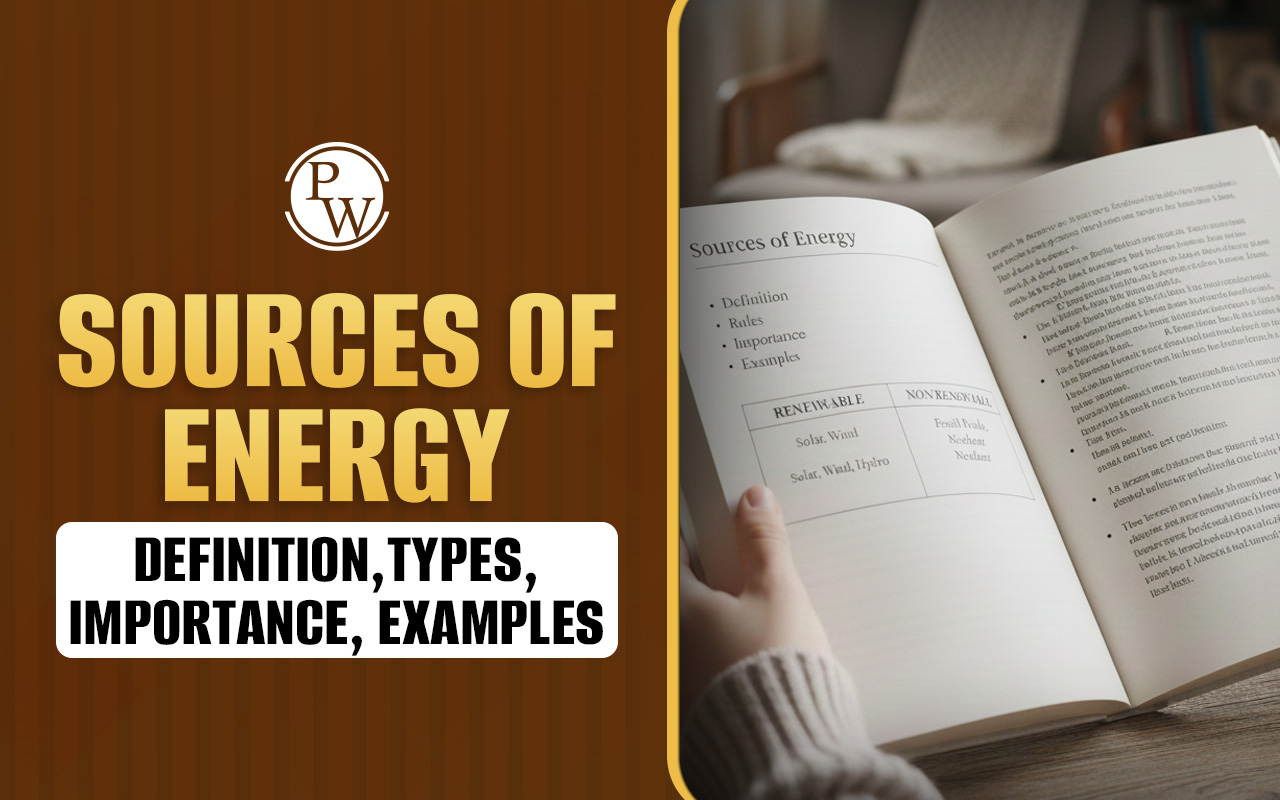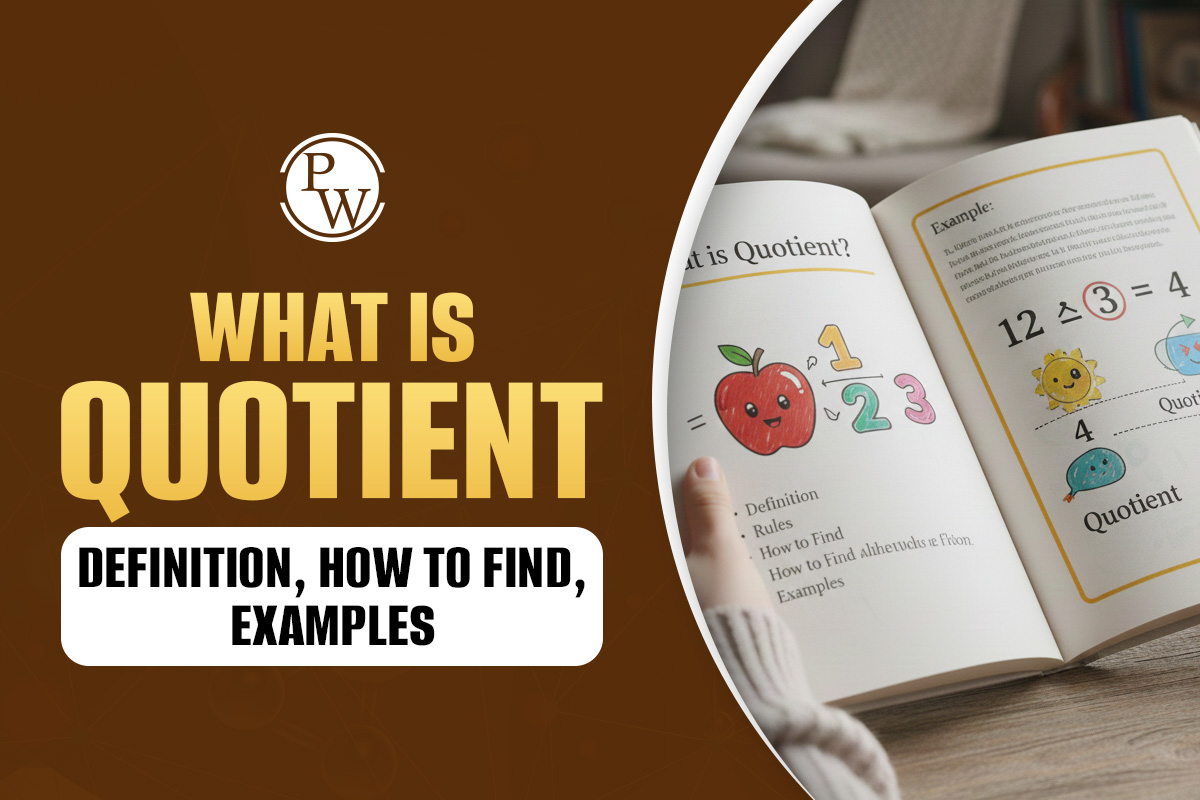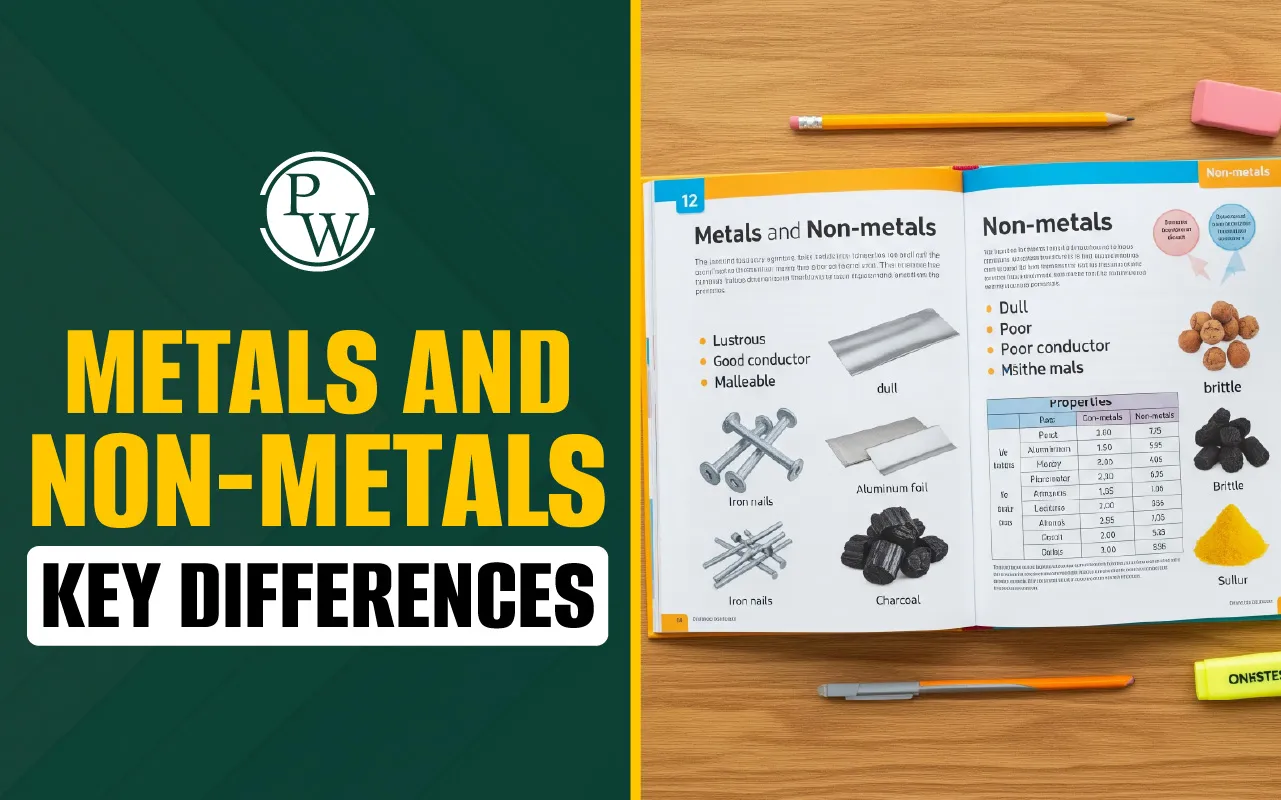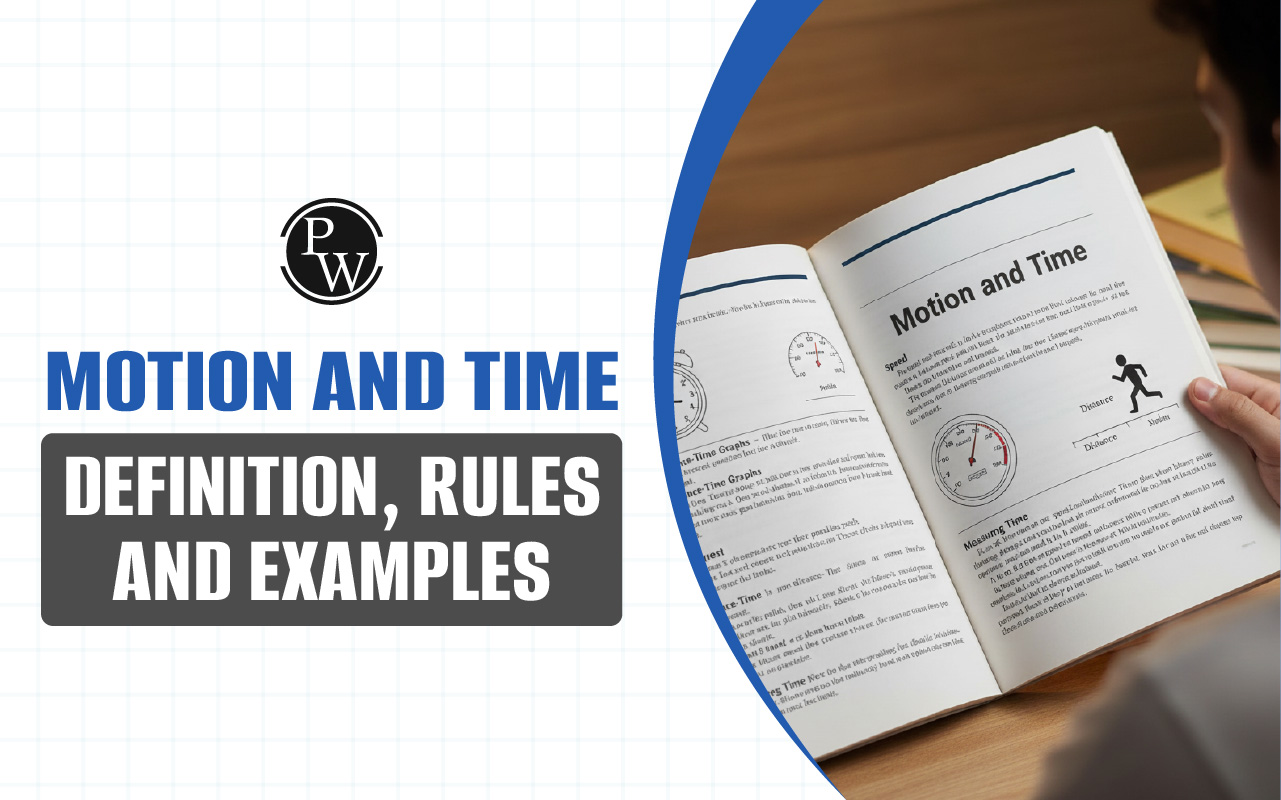
English Grammar is the foundation of effective communication. It provides the structure required to build meaningful sentences and convey ideas. For students, mastering grammar is key to achieving academic success, thriving in their careers, and expressing themselves effectively.
This blog post examines important aspects of English grammar, including parts of speech, sentence construction, tenses, and punctuation, to help learners gain the knowledge they need to communicate with confidence.The Eight Parts of Speech in English Grammar
The parts of speech categorize words based on their function in a sentence, helping learners understand how to use them effectively. Each part plays a unique role in communication. Here are details of 8 parts of speech used in English grammar:1. Nouns
A noun is a word that names a person, place, thing, or idea. Nouns are essential because they act as the subject or object in a sentence. For example, In the sentence The cat chased the mouse, the noun cat is the subject (doer of the action), and the mouse is the object (receiver of the action). Types of nouns:- Proper Nouns : These refer to specific names like Albert Einstein or Paris. They are always capitalized.
- Common Nouns : These refer to general items, such as city or scientist.
- Abstract Nouns : These represent ideas or emotions, such as freedom or happiness, which cannot be touched or seen.
- Concrete Nouns : These are physical things, such as apple or book, which you can touch or see.
- Countable Nouns : These refer to things you can count, like cars or dogs.
- Uncountable Nouns : These refer to things that cannot be counted individually, like water or information.
2. Pronouns
A pronoun is a word that replaces a noun to avoid repetition and make sentences more concise. For example, instead of saying that John likes John’s dog, we say that John likes his dog. Types of pronouns:- Personal Pronouns : Replace people or things, such as he, she, or they.
- Possessive Pronouns : Show ownership, such as mine and yours. For example, The book is mine .
- Reflexive Pronouns : Refer to the subject, such as myself or themselves. For example , I hurt myself .
- Relative Pronouns : Introduce extra information about the subject or object, such as who, which, and that. For example, the student who studies hard will succeed.
3. Verbs
Verbs are words that express actions, occurrences, or states of being. They form the core of a sentence by telling what the subject does or experiences. For example , She writes daily, and the verb writes describes the action. Types of verbs:- Action Verbs: These verbs describe specific actions, such as "run," "read," and "jump," indicating what someone does.
- Linking Verbs: Linking verbs connect the subject to additional information. Examples include "is" and "seem," as in "He is happy," where "is" links "He" to "happy."
- Auxiliary Verbs: Also known as helping verbs, they form different tenses and moods. Examples include "have," "do," and "be." For instance, "She has finished her project," where "has" indicates the present perfect tense.
- Modal Verbs: These verbs express possibility, ability, necessity, or permission. Examples include "can," "must," and "should," as in "You should study harder," indicating a recommendation.
4. Adjectives
Adjectives are words that describe or modify nouns and pronouns. They give more information about qualities, quantities, or characteristics. For example , in the sentence, The red apple is delicious, red is an adjective that describes the apple. Adjectives answer questions like What kind? or How many? For example, He has three pencils. Types of adjectives:- Comparative Adjectives : Compare two things, like taller. For example , She is taller than her brother.
- Superlative Adjectives : Indicate the highest degree, like tallest. For example, He is the tallest in the class.
5. Adverbs
Adverbs modify verbs, adjectives, or other adverbs, providing extra detail about how, when, where, or to what extent something happens. For example, in the sentence, She sings beautifully, the word beautifully describes the manner in which she sings. Types of adverbs: Adverbs of Time : Tell when something happens, such as yesterday. For example, we went there yesterday. Adverbs of Frequency : Indicate how often something happens, such as often. For example , she often visits the library. Adverbs of Degree : Show the intensity, such as very. For example , The book is very interesting.6. Prepositions
Prepositions link nouns or pronouns to other parts of the sentence, showing relationships like place, time, or direction. They provide important context for understanding the connection between different elements of a sentence. For example, in the sentence "The book is on the table," the word "on" indicates the relationship between the book and the table. Commonly used prepositions include in, at, under, and between .7. Conjunctions
Conjunctions connect words, phrases, or clauses, helping sentences flow smoothly and logically. For example , I like apples and oranges. Types of conjunctions: Coordinating Conjunctions : Connect elements of equal importance, such as and, but, and or. For example, she wanted to stay, but it was too late. Subordinating Conjunctions : Introduce dependent clauses that provide additional information, such as because or although. For example, I stayed home because it was raining.8. Interjections
Interjections are words or phrases used to express emotions, surprise, or sudden reactions. They often stand alone or appear at the beginning of a sentence. For example, Wow! expresses surprise. Interjections are commonly used in informal speech and writing to convey emotions quickly . For example, Oh no! shows disappointment.Sentence Structure in English Grammar
Sentence structure determines how words and phrases are organized to create clear and meaningful sentences. Understanding sentence types helps students construct logical and effective communication.Basic Sentence Structure :
A complete sentence requires a subject and a predicate. The subject is the person, place, or thing performing the action, while the predicate provides information about what the subject does or experiences. For example, in the sentence, “The dog barked” the word “dog” is the subject, and the word “barked” is the predicate. A well-structured sentence ensures that ideas are communicated clearly and effectively.Types of Sentences:
Sentences can be classified according to their purpose.- Declarative sentences make statements, such as I enjoy reading.
- Interrogative sentences ask questions, like Do you enjoy reading?
- Imperative sentences give commands or instructions, such as Please read the book, while
- Exclamatory sentences express strong emotions, such as What a fantastic story!
Active and Passive Voice :
In active voice, the subject carries out the action, as demonstrated in the sentence "The cat chased the mouse." In contrast, passive voice emphasizes the action being received by the subject, as seen in the sentence "The mouse was chased by the cat." While active voice is typically favored for its clarity and directness, passive voice can be effective when the focus is on the action itself rather than the performer.English Grammar Tenses and Their Usage
Tenses provide information about when an action occurs, helping readers and listeners understand the sequence of events.Present Tense
The present tense describes actions happening now or habitual activities. It includes the simple present (She walks to school), the present continuous (She is walking to school), and the present perfect (She has walked to school). Each form serves a distinct purpose in conveying time and continuity.Past Tense
The past tense indicates actions that occurred in the past. The simple past (He played football) describes completed actions, while the past continuous (He was playing football) focuses on actions in progress at a specific time. The past perfect (He had played football) highlights actions completed before another event.Future Tense
The future tense refers to actions that will occur. The simple future (I will travel tomorrow) describes planned actions, while the future continuous (I will be traveling tomorrow) emphasizes actions in progress at a specific future time. The future perfect (I will have traveled by tomorrow) indicates actions that will be completed by a certain time in the future.Use of Punctuation in English Grammar
Punctuation marks provide structure and clarity to writing, guiding readers through the text and helping avoid ambiguity. Here are the details of commonly used punctuation in English grammar: Periods (.) : A period marks the end of a declarative sentence, indicating that the thought is complete. For example, I am learning English. Commas (,) : Commas separate items in lists, join clauses, and indicate pauses in sentences. For instance, I bought apples, oranges, and bananas using commas to separate the list items, ensuring clarity. Question Marks (?) : Question marks are placed at the end of interrogative sentences to indicate a question, such as Are you coming? Exclamation Marks (!) : Exclamation marks convey strong emotions or surprise. For example, What a beautiful day! expresses excitement or joy. Apostrophes (’) : Apostrophes indicate possession (e.g., John’s book) or contractions (e.g., can’t for cannot). They help clarify meaning and avoid confusion. Quotation Marks ( ) : Quotation marks enclose direct speech or quotations. For example, She said, 'I love reading.' Quotation marks indicate that the words are spoken or quoted directly. Mastering English grammar is essential for clear and effective communication. By understanding the parts of speech, sentence structure, tenses, and punctuation, students can express their thoughts accurately and confidently. Grammar skills are not only vital for academic achievement but also for personal and professional growth. With consistent practice and attention to detail, learners can develop fluency in English, ensuring success in all areas of communication.FAQs
How do I use commas correctly?
Use commas to separate items in lists, join independent clauses with conjunctions, and set off introductory elements. For example, After lunch, we went to the park.
What is the subject-verb agreement?
Subject-verb agreement means the subject and verb must match in number. A singular subject takes a singular verb (He runs), and a plural subject takes a plural verb (They run).
How can I improve my grammar?
Regular practice is essential for improving grammar. Reading extensively, writing frequently, and using grammar-check tools can help identify and correct mistakes.
What is the difference between active and passive voice?
In active voice, the subject performs the action (The chef cooked the meal). In passive voice, the subject receives the action (The meal was cooked by the chef). Active voice generally makes sentences clearer and more direct, while passive voice can be useful when the focus is on the action or the recipient rather than the doer.
Talk to a counsellorHave doubts? Our support team will be happy to assist you!

Free Learning Resources
PW Books
Notes (Class 10-12)
PW Study Materials
Notes (Class 6-9)
Ncert Solutions
Govt Exams
Class 6th to 12th Online Courses
Govt Job Exams Courses
UPSC Coaching
Defence Exam Coaching
Gate Exam Coaching
Other Exams
Know about Physics Wallah
Physics Wallah is an Indian edtech platform that provides accessible & comprehensive learning experiences to students from Class 6th to postgraduate level. We also provide extensive NCERT solutions, sample paper, NEET, JEE Mains, BITSAT previous year papers & more such resources to students. Physics Wallah also caters to over 3.5 million registered students and over 78 lakh+ Youtube subscribers with 4.8 rating on its app.
We Stand Out because
We provide students with intensive courses with India’s qualified & experienced faculties & mentors. PW strives to make the learning experience comprehensive and accessible for students of all sections of society. We believe in empowering every single student who couldn't dream of a good career in engineering and medical field earlier.
Our Key Focus Areas
Physics Wallah's main focus is to make the learning experience as economical as possible for all students. With our affordable courses like Lakshya, Udaan and Arjuna and many others, we have been able to provide a platform for lakhs of aspirants. From providing Chemistry, Maths, Physics formula to giving e-books of eminent authors like RD Sharma, RS Aggarwal and Lakhmir Singh, PW focuses on every single student's need for preparation.
What Makes Us Different
Physics Wallah strives to develop a comprehensive pedagogical structure for students, where they get a state-of-the-art learning experience with study material and resources. Apart from catering students preparing for JEE Mains and NEET, PW also provides study material for each state board like Uttar Pradesh, Bihar, and others
Copyright © 2025 Physicswallah Limited All rights reserved.






